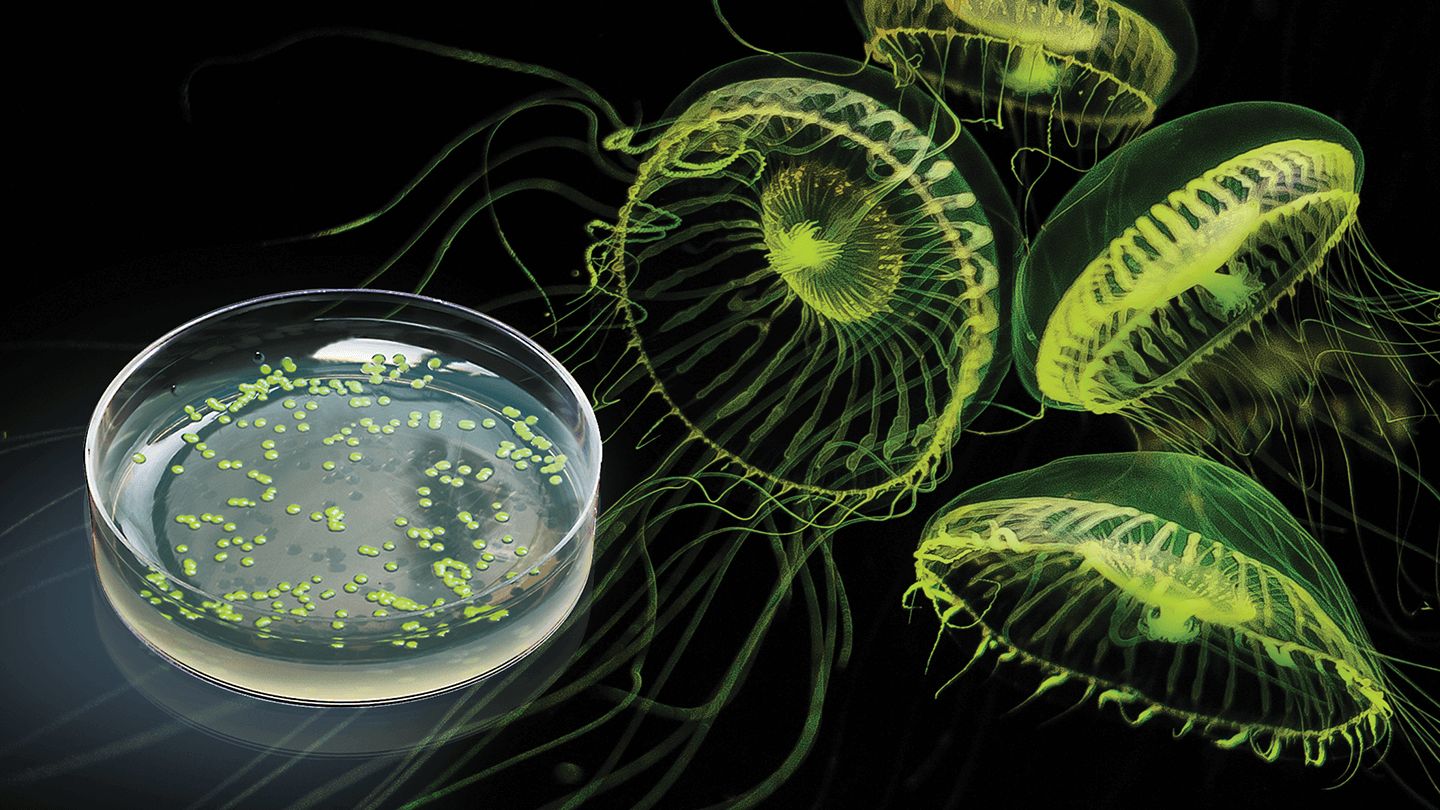
What are plasmids? Plasmids are small, circular DNA molecules found in bacteria and some eukaryotes. Unlike chromosomal DNA, plasmids replicate independently within the cell. They often carry genes that provide advantages, such as antibiotic resistance. Why are plasmids important? They play a crucial role in genetic engineering, allowing scientists to insert or modify genes in organisms. How do plasmids work? They can transfer between cells through a process called conjugation, spreading beneficial traits. Where are plasmids used? In medicine, agriculture, and research, plasmids help develop new treatments, improve crop yields, and study gene functions. Understanding plasmids opens doors to numerous scientific advancements.
What Are Plasmids?
Plasmids are small, circular DNA molecules found in bacteria and some eukaryotes. They are separate from chromosomal DNA and can replicate independently. Plasmids often carry genes that provide a survival advantage to the host organism.
- Plasmids are typically found in bacteria but can also exist in archaea and eukaryotic organisms like yeast.
- They are usually circular, but some plasmids can be linear.
- Plasmids can replicate independently of the host cell's chromosomal DNA.
- They often carry genes that confer antibiotic resistance to bacteria.
- Plasmids can be transferred between bacteria through a process called conjugation.
Types of Plasmids
Plasmids come in various types, each serving different functions. Understanding these types helps in grasping their roles in genetic engineering and biotechnology.
- Conjugative plasmids carry genes that enable the transfer of the plasmid to another bacterium.
- Non-conjugative plasmids lack the genes required for transfer but can be transferred with the help of conjugative plasmids.
- Resistance plasmids (R plasmids) carry antibiotic resistance genes.
- Col plasmids produce bacteriocins, proteins that kill other bacteria.
- Degradative plasmids enable the host bacterium to digest unusual substances, such as toluene or salicylic acid.
Plasmids in Genetic Engineering
Plasmids play a crucial role in genetic engineering. They are used as vectors to introduce new genes into organisms, making them indispensable tools in biotechnology.
- Plasmids can be engineered to carry specific genes for research or therapeutic purposes.
- They are used to produce recombinant proteins, such as insulin.
- Plasmids can be modified to include reporter genes, which help scientists track gene expression.
- They are used in gene therapy to deliver therapeutic genes to patients.
- Plasmids can be designed to include multiple cloning sites, allowing for the insertion of various genes.
Plasmid Replication
Understanding how plasmids replicate is essential for their use in research and biotechnology. Plasmid replication can occur through different mechanisms.
- Plasmids replicate through a process called rolling circle replication.
- Some plasmids use a theta replication mechanism, similar to chromosomal DNA replication.
- Plasmid replication is controlled by specific genes and regulatory sequences.
- High-copy plasmids replicate frequently, resulting in many copies per cell.
- Low-copy plasmids replicate less frequently, maintaining only a few copies per cell.
Plasmid Stability
Plasmid stability is crucial for maintaining the desired traits in genetically modified organisms. Several factors influence plasmid stability.
- Plasmid stability can be affected by the size of the plasmid.
- The presence of partitioning systems helps ensure plasmid stability during cell division.
- Plasmid addiction systems, such as toxin-antitoxin systems, can enhance stability by killing cells that lose the plasmid.
- Host cell factors, such as mutations in chromosomal genes, can influence plasmid stability.
- Environmental conditions, like temperature and nutrient availability, can impact plasmid stability.
Applications of Plasmids
Plasmids have a wide range of applications in research, medicine, and industry. Their versatility makes them valuable tools in various fields.
- Plasmids are used in the production of genetically modified organisms (GMOs).
- They play a role in the development of vaccines, such as DNA vaccines.
- Plasmids are used in synthetic biology to create new biological systems and functions.
- They are employed in environmental biotechnology for bioremediation of pollutants.
- Plasmids are used in agriculture to develop crops with improved traits, such as pest resistance.
Interesting Facts About Plasmids
Plasmids have some fascinating characteristics that make them unique and important in the world of genetics and biotechnology.
- Some plasmids can integrate into the host's chromosomal DNA, becoming part of the genome.
- Plasmids can carry genes that provide resistance to heavy metals, such as mercury and arsenic.
The Fascinating World of Plasmids
Plasmids are small but mighty. These circular DNA molecules play a huge role in genetic research, medicine, and biotechnology. They help bacteria survive by providing antibiotic resistance and can be used to produce insulin and other important drugs. Scientists use plasmids to study gene function and develop new treatments for diseases.
Understanding plasmids opens doors to many scientific advancements. From fighting infections to creating genetically modified organisms, plasmids are key players. They might be tiny, but their impact is enormous.
Next time you hear about genetic research or new medical treatments, remember the humble plasmid. It’s a testament to how even the smallest components can make a big difference in our world. Keep exploring, stay curious, and who knows what other amazing facts you’ll uncover!
Was this page helpful?
Our commitment to delivering trustworthy and engaging content is at the heart of what we do. Each fact on our site is contributed by real users like you, bringing a wealth of diverse insights and information. To ensure the highest standards of accuracy and reliability, our dedicated editors meticulously review each submission. This process guarantees that the facts we share are not only fascinating but also credible. Trust in our commitment to quality and authenticity as you explore and learn with us.
